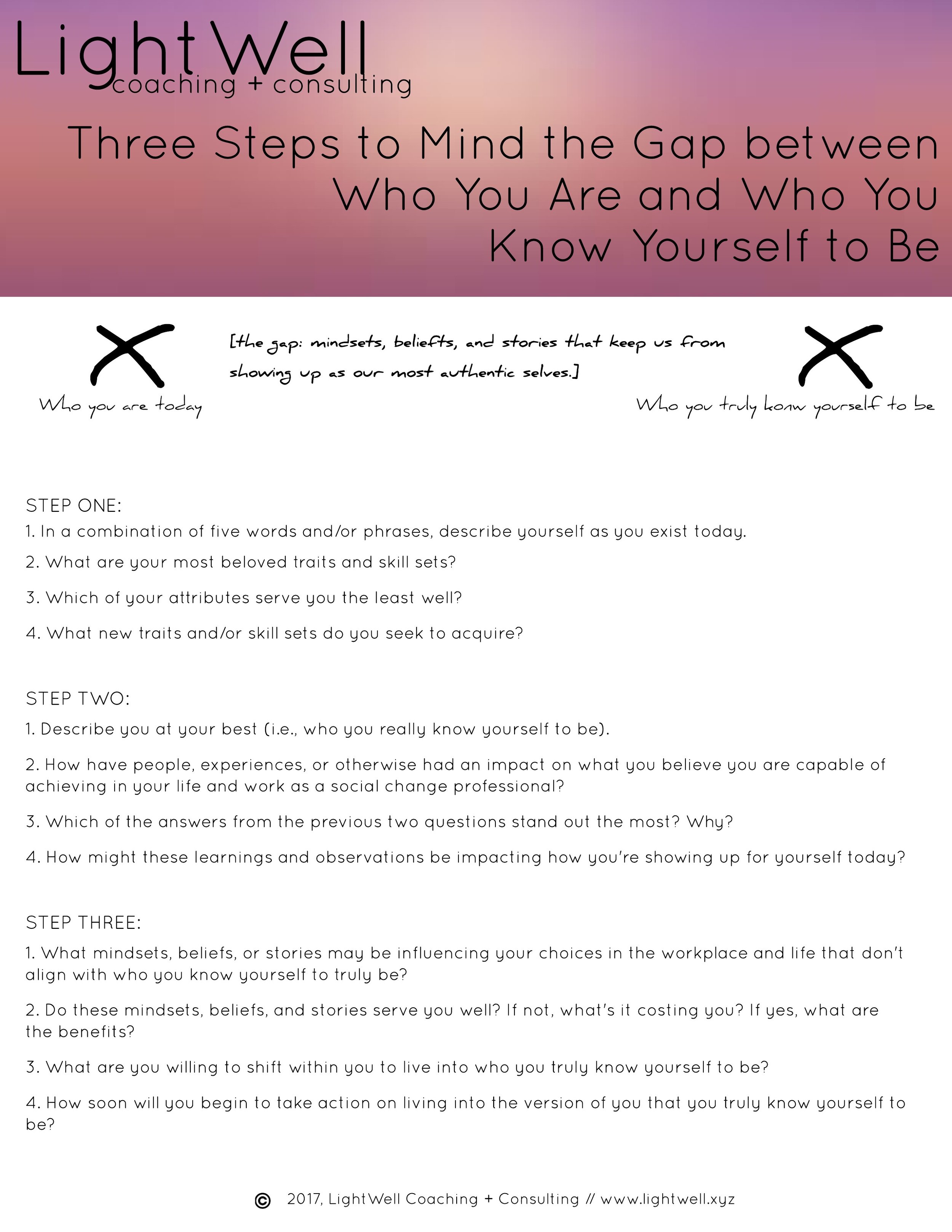According to the modern laws of time, there are 86,400 seconds in any given day on Earth. As someone who adores her sleep, I‘m likely spend about 30,600 of those precious moments in a slumber state, which leaves me with 55,800 fleeting hiccups of time to, as former 49-ers head football coach, Jim Harbaugh, used to say to his Bay Area players and his own children, alike, “attack the day with an intensity unknown to mankind.”
I arose this particular morning with a sense of clarity that usually only comes after a minimum of four days of vacation (which I hadn’t had), an amazing massage (wasn’t in the cards), or a sit-down with an oracle (not even close). Those first 3,600 seconds, the equivalent of an hour, were flawless. I packed up my eldest son for a 3-day summertime adventure with his grandparents, tidied my home, and dressed for my Weekly Wednesday 10-mile run. I. Was. On. Fire.
By the 7,200 second mark — ahora numero dos of the day for me — I’d said adios to both of my children and was firmly out the door en route to a glorious run before my first meeting of the day. Things were really going well. So well, that after my run, I gave myself extra time to stretch and unwind while listening to an additional song on my beloved “for my ears only” playlist. With the top of the hour nearing and the 10,800 second of the day edging closer, I prepared for my first appointment. The caller was ultimately delayed, so I reached out to her to re-confirm. Approximately thirty-minutes after the expected start time of our conversation, she called and offered an apology for her oversight and asked if we could pick up the conversation then and there. Knowing that I had another important call coming in at the 18,000 second mark, I did my best to be gracious about the scheduling snafu while also acknowledging my need to reschedule our discussion to another time. She received my generosity of spirit — relieved to know that we were on the up-and-up — and was open to nailing down a time to talk in two days. My boundaries were kept (something I’m actively working on) and solutions were found — victory!
The day continued to unfold with a similar level of ease. Good things met me around each corner. Ding! My phone alerted me of a new LinkedIn request that had been accepted from an internationally renowned figure in the field of well-being. I’d sent the invitation to connect to this person so long ago that the whole occurrence had naturally slipped my mind. I was on Cloud 9! This person had said ‘yes’ to being linked we me. In the moment, I imagined my new contact taking a second of their time to skim my profile from their smartphone, mull over their findings, and use their awkward thumb to accept my invitation via the tiny check marked button. It felt good to be seen, albeit in a superficial way.
In my excitement, I wrote a brief message to this hot shot guru of well-being to “see if we could grab tea in the coming weeks.” The message’s tone was like me at my best: warm, straight shooting, and action-oriented. Knowing that you only get one chance to make a first impression, I re-read the note a few times for grammar and flow and sent it off. In reality, the moment was quite mundane, but I might as well have called in doves and horns to accompany my communique. With each passing moment, in my mind, the recipient’s status elevated higher and higher up a mythical ladder of knowingness of all things in the world of well-being.
That’s when things got a bit hairy. So far, each and every second of the day had been flipping fantastic, but doom and gloom lurked at the 32,400 second mark. With no advance notice, a tsunami of self-doubt and judgement washed over me. Why had I used such light language with this executive? Would implicit bias rear its ugly head, make him deem me unworthy of his time, and cause him to rethink his acceptance of my LinkedIn invitation? My, my, my — how quickly had things gone south.
The next thing I knew, I was rehashing the time my friend James told me I wasn’t ‘black black,’ as if to imply that I favored assimilating into dominant culture behavior over embodying some predetermined notion of what it meant to be African-American. It had hurt me deeply the first time he’d said it years ago, and the wound was as fresh as ever in this moment. How did that thought — of all thoughts! — creep into my consciousness? How did I fall so quickly into this abyss of demoralization? Not even thirty-minutes had passed since sending that harmless LinkedIn message to the god of all things well-being.
Despite my continued to journey down the lonely road of Imposter Syndrome Lane, I managed to complete my work projects for the day and navigated the nightly routine of dinner, bath time, and bedtime negotiations without much of a hitch. None of it mattered, though, because five hours after sending my LinkedIn message to the one person with all of the answers to my yet-to-be-formed questions about well-being had not written back. I was me at my absolute worst: self-critical and seemingly stuck.
I had the wherewithal at some point late in the evening to jump outside of my immediate experience to analyze what was really going on. I looked at the total timeline of the day’s seconds — from the very first moment up to the current point many hours later. I decided to ask one simple question: what really happened today? And then, everything unfolded.
In an instant, I saw my smiling children. I reconnected with my glorious run along the Pacific Ocean and across the Golden Gate Bridge. I could smell the lavender scent of my favorite essential oil. I recalled the ease with which I planned a workshop agenda for a client. I giggled at a memory of a FaceTime conversation I’d had with my parents hours earlier. And I celebrated the moment that a person who happens to, like me, have an interest in the field of well-being, accepted my invitation to connect over a popular social media platform.
With one question — really happened today? — my world was once again right-side-up. Slowly, but surely, I chose to put down the emotional luggage I’d been dragging around for the whole of the afternoon and evening, and began to reconnect with the whole of my day. Which made me think — how often do we cut off our blessings and tumble into a spiral of unwarranted gloom due to one second’s worth of negative thinking?What opportunities might we be missing as we fall deeper into an artificial sphere of despair created by our own doing? On what better serving matters (to ourselves and others) might we be able to focus if we are not triggered in a destructive energy space by the seconds of our day that go seemingly wrong?
To be sure, I’m sure I’ll experience a jolt of excitement when I eventually hear back from my new LinkedIn contact, but I’ve received something even greater in the meantime: perspective. With immense gratitude for having reconnected with the whole of my approximately 56,000 seconds of awake time on this day, I know that my recounting of this tale will help at least one person on the planet avoid the trap that I found myself in.
So, to you, let me ask. What really happened today?





